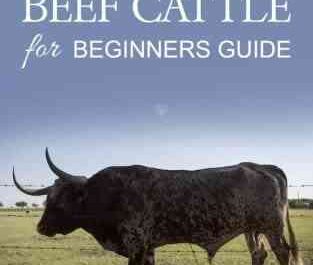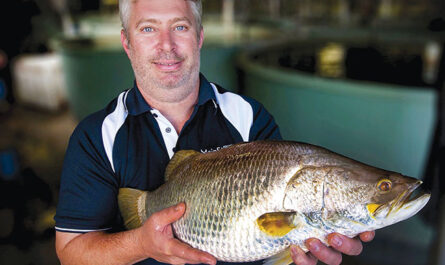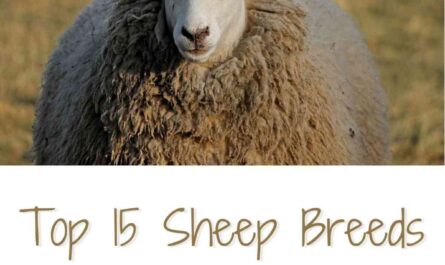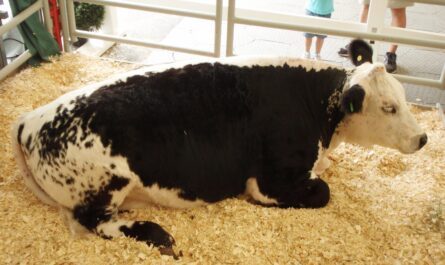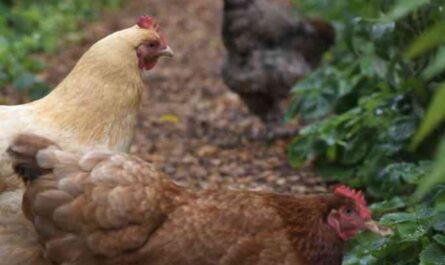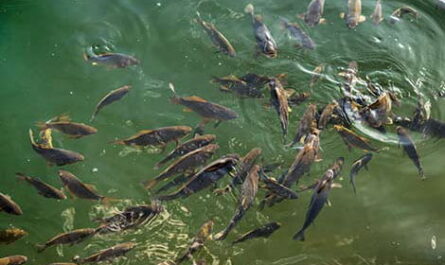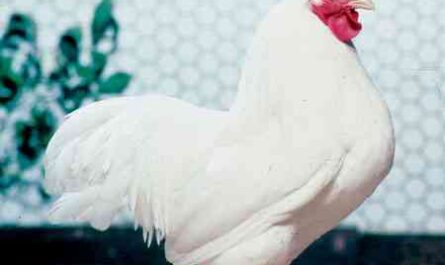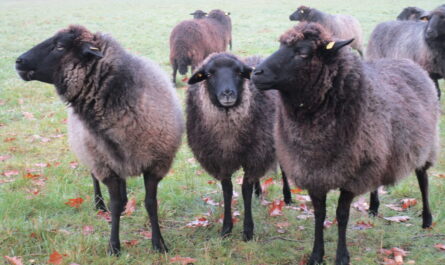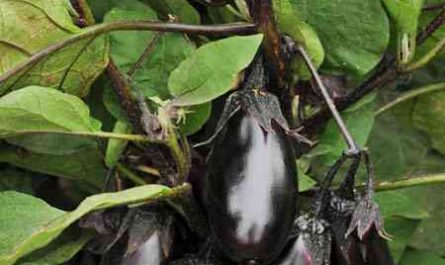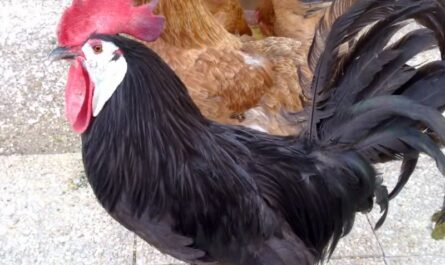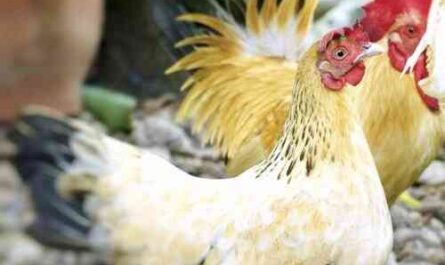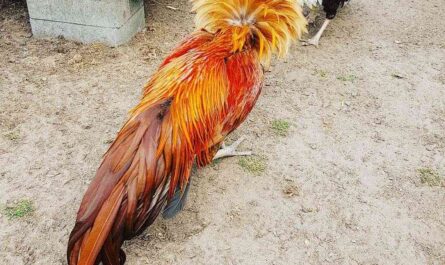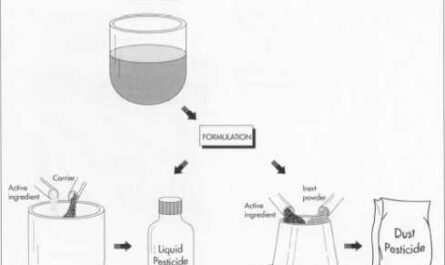Capelin is a small forage fish from the smelt family. It is also called caplinand is found in the North Atlantic, Arctic and North Pacific oceans.
It is now extremely common in the arctic parts of the North Atlantic and is a major component of many large fish, seabirds and cetaceans (as well as humans living in the region). However, for more information on this type of fish, read below.
Characteristics of capelin fish
Capelin has an elongated, somewhat compressed body. Their body is covered with very small cycloid scales. They have a slightly pointed muzzle.
Their upper jaw reaches approximately the center of the eye, while the lower jaw protrudes forward. The jaw teeth are small. The dorsal fin begins behind the middle of the body and approximately above the base of the pelvic fins.
Their back color ranges from transparent olive to bottle green. The flanks are silvery, the belly is silvery-white. There are dark spots along the edge of the scales.
The average body length of sexually mature males of capelin is about 20 cm, and for females – up to 25.2 cm.
The average live weight of these fish is about 52 grams. Photos and information from FAO and Wikipedia.
Diet
Capelin feed almost exclusively on small planktonic crustaceans. They generally feed on the plankton-rich ocean zone between Iceland, Greenland and Jan Mayen.
reproduction
Capelin begin to spawn when they are 2 to 6 years old. They usually spawn in late spring and early summer in large groups on the coast or in very shallow water.
They lay sticky eggs on beaches and shores. The eggs are buried in gravel and hatch in 2-3 weeks. They have an extremely high mortality rate on beaches after spawning, with males approaching 100%.
On average, females can lay 6,000 to 12,000 eggs per clutch.
Advantages
Capelin is valued for food. But it is mainly used for the production of fishmeal and fat and oilseed products.
Special Notes
Capelin is an important forage fish and staple food for Atlantic cod. It is used commercially for fishmeal and fish oil, but is also valued for food.
The flesh of this fish is pleasant in taste, reminiscent of herring. Capelin caviar is considered a valuable product. The females are valued for their caviar, while the males are used as fishmeal.
The average lifespan of this fish is 5 years. However, check out the complete capelin breed profile in the table below.
| Last name | capelin |
| Kingdom | animal |
| phylum | chords |
| To classify | Actinopterygia |
| order | resembling smelt |
| A family | Osmerides |
| Gender | mallotus |
| see | M.villosus |
| Binomial name | Mallotus villosus |
| Other names | Also known by many other names in different parts of the world. |
| Purpose of the breed | Mainly food, but also used to make fishmeal and oil. |
| Special Notes | Economically very important fish species where they live, important forage fish needed as the main food for Atlantic cod, used commercially for making fishmeal and fish oil, but also valued as human food, meat has good taste, caviar is considered a valuable product, average service shelf life up to 5 years |
| The weight | About 52 grams |
| Breeding method | Natural |
| climatic tolerance | native climate |
| skin color | The transparent back is olive green to bottle green, while the sides and belly are silvery white. |
| scarcity | general |
| Availablity | in the world |





